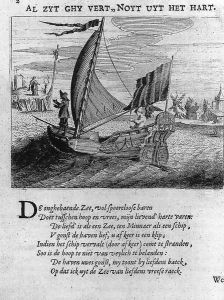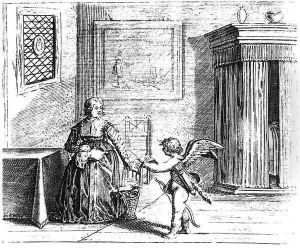Jan Harmensz. Krul Paintings
Jan Harmensz. Krul was a Dutch poet, playwright, and engraver, born in 1602 in Amsterdam, Netherlands. His work is emblematic of the early 17th century Dutch cultural scene, blending the rich traditions of literature, drama, and the visual arts. Krul's contributions span across various genres, but he is particularly noted for his pastoral poetry and plays, which reflect the socio-cultural and religious dynamics of his time. His literary output is marked by a distinctive style that combines elements of romanticism with moral and religious concerns, offering insights into the Dutch Golden Age's cultural landscape.
Krul's life and career were deeply intertwined with the artistic and literary circles of Amsterdam, a leading center of culture and commerce in the 17th century. He was part of a vibrant community of artists, poets, and playwrights who were instrumental in shaping the Dutch literary tradition. Despite facing the challenges of political and religious turmoil that characterized the era, Krul's works remained influential, contributing to the development of Dutch literature and drama.
Beyond his literary endeavors, Jan Harmensz. Krul also made a name for himself as an engraver. His engravings, often depicting scenes from his own plays and poems, reveal a keen eye for detail and a profound understanding of the interplay between text and image. These works not only served as illustrations for his literary productions but also as standalone pieces of art, showcasing his versatility and creativity as an artist.
Krul's death in 1646 marked the end of a significant career, but his legacy lived on. His works continued to be read and appreciated, embodying the spirit of the Dutch Golden Age. Today, Jan Harmensz. Krul is remembered not just for his contributions to Dutch literature and art but also for his role in the broader European cultural landscape of the 17th century. His life and work offer a window into the complexities and richness of this pivotal period in history, reflecting the interconnections between art, literature, and society.

